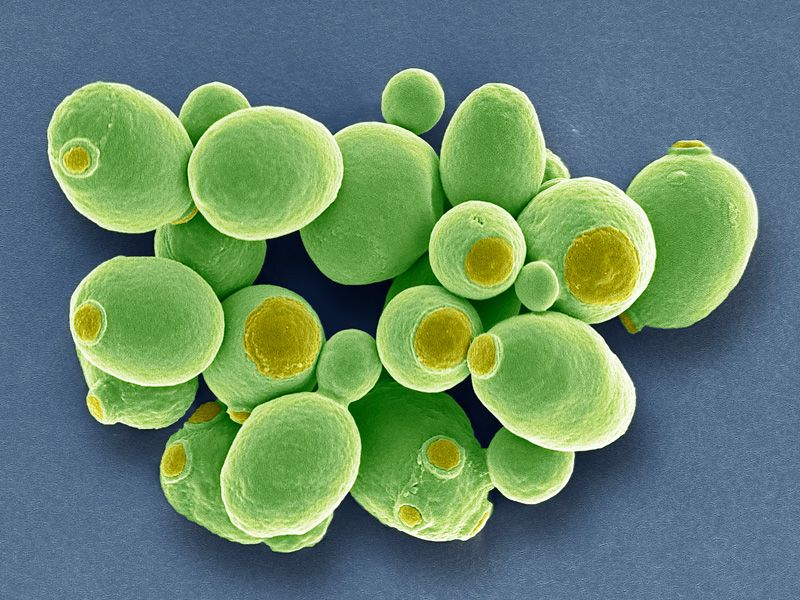6. Genome Engineering
Goal: product idea to mitigate COVID-19.
Idea: covYeast - Engineer yeast that is susceptible to SARS-CoV-2

First, why? if we could design another organism/cell that susceptible to SARS-CoV-2, while blocking the replicating ability of the virus in that organism, we could manufacture this synthetic organism and use it in various ways to mitigate the current (and future pandemics).
Possible applications:
- Filters could be dotted with covYeast to reduce viral transfer in masks or other other air filters.
- Surfaces could be sprayed with covYeast which would disinfect them for a longer time compared to alcohol.
- If covYeast is equipped with some kind of indicator (chromoprotein that is expressed upon ingestion of viral DNA) - could be use as a diagnostic
How?
- Need to express ACE2, a human membrane protein which SARS-CoV-2 binds to, on the yeasts membrane.
- Need to check if expressing it is actually enough for the viral load to enter the yeast cell
- If not, can the yeast still be useful just as an immobilization strategy?
- If yes, can we add another functionality to the engineered yeast to recognize the viral DNA and remove it? something like CRISPR theraputics, but it would be much easier to design, test and deliver for yeast compared to humans.
- This all can be done by genomically editing yeast using CRISPR or other genome editing methods. Alternatively, the Synthetic Yeast 2.0 project could be used (if mature enough) to build such an organism from scratch.
Regulation:
- The quickest road might be as a diagnostic tool, in that case experiments need to be done with viral particles to prove efficiency. And under the Emergency Use Authorization (EUA) get fast approval.
- In case this was not urgent, all three potential use cases (diagnostics, protective equipment, and theraputics) will be started in thir appropriate protocol and flows, starting from animal to small scale to larger scale human experiments.